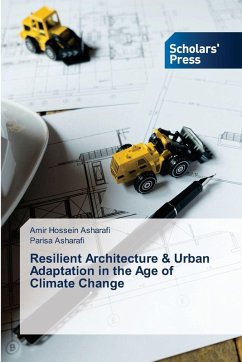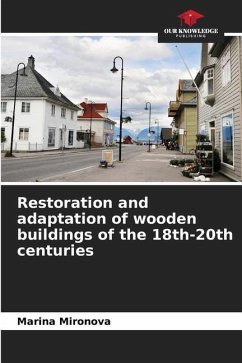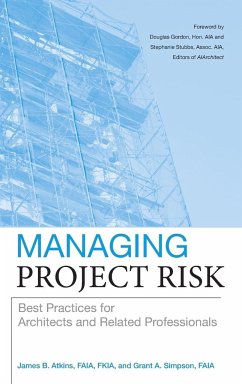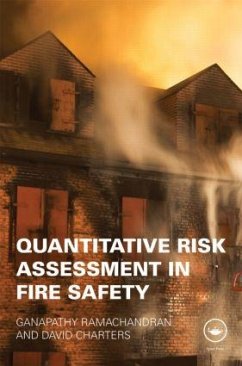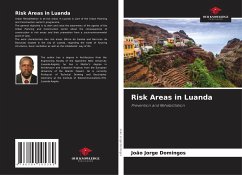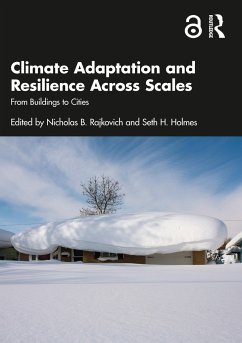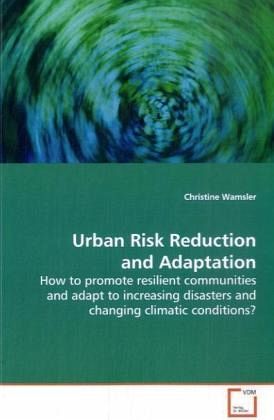
Urban Risk Reduction and Adaptation
How to promote resilient communities and adapt to increasing disasters and changing climatic conditions?
Versandkostenfrei!
Versandfertig in 6-10 Tagen
52,99 €
inkl. MwSt.

PAYBACK Punkte
26 °P sammeln!
Climate change and disasters are among today s mostpressing issues. The damage caused by the worldwideincrease in disasters is staggering, with the urbanpoor being most at risk. Disasters make their alreadyprecarious living conditions worse, creating avicious circle of poverty. More and more attentionhas thus been given to the need to address changingclimatic conditions and disaster risk throughdevelopment work. Despite related efforts, urbandevelopment actors still struggle to effectivelyreduce risk in their daily work. This book seeks to demonstrate how disaster riskmanagement and adaptation...
Climate change and disasters are among today s most
pressing issues. The damage caused by the worldwide
increase in disasters is staggering, with the urban
poor being most at risk. Disasters make their already
precarious living conditions worse, creating a
vicious circle of poverty. More and more attention
has thus been given to the need to address changing
climatic conditions and disaster risk through
development work. Despite related efforts, urban
development actors still struggle to effectively
reduce risk in their daily work.
This book seeks to demonstrate how disaster risk
management and adaptation could be better integrated
into urban development planning (i.e. social housing,
slum upgrading and urban governance programmes).
Based on the identification of the nexus between
disasters and urban development and of the incomplete
approaches to risk reduction and its mainstreaming, a
comprehensive adaptation framework is presented. The
book should be of interest to policymakers, academics
and practitioners working in development planning and
reconstruction who face the challenge of addressing
disasters, ever-increasing risk, and vulnerability to
climate change.
pressing issues. The damage caused by the worldwide
increase in disasters is staggering, with the urban
poor being most at risk. Disasters make their already
precarious living conditions worse, creating a
vicious circle of poverty. More and more attention
has thus been given to the need to address changing
climatic conditions and disaster risk through
development work. Despite related efforts, urban
development actors still struggle to effectively
reduce risk in their daily work.
This book seeks to demonstrate how disaster risk
management and adaptation could be better integrated
into urban development planning (i.e. social housing,
slum upgrading and urban governance programmes).
Based on the identification of the nexus between
disasters and urban development and of the incomplete
approaches to risk reduction and its mainstreaming, a
comprehensive adaptation framework is presented. The
book should be of interest to policymakers, academics
and practitioners working in development planning and
reconstruction who face the challenge of addressing
disasters, ever-increasing risk, and vulnerability to
climate change.



